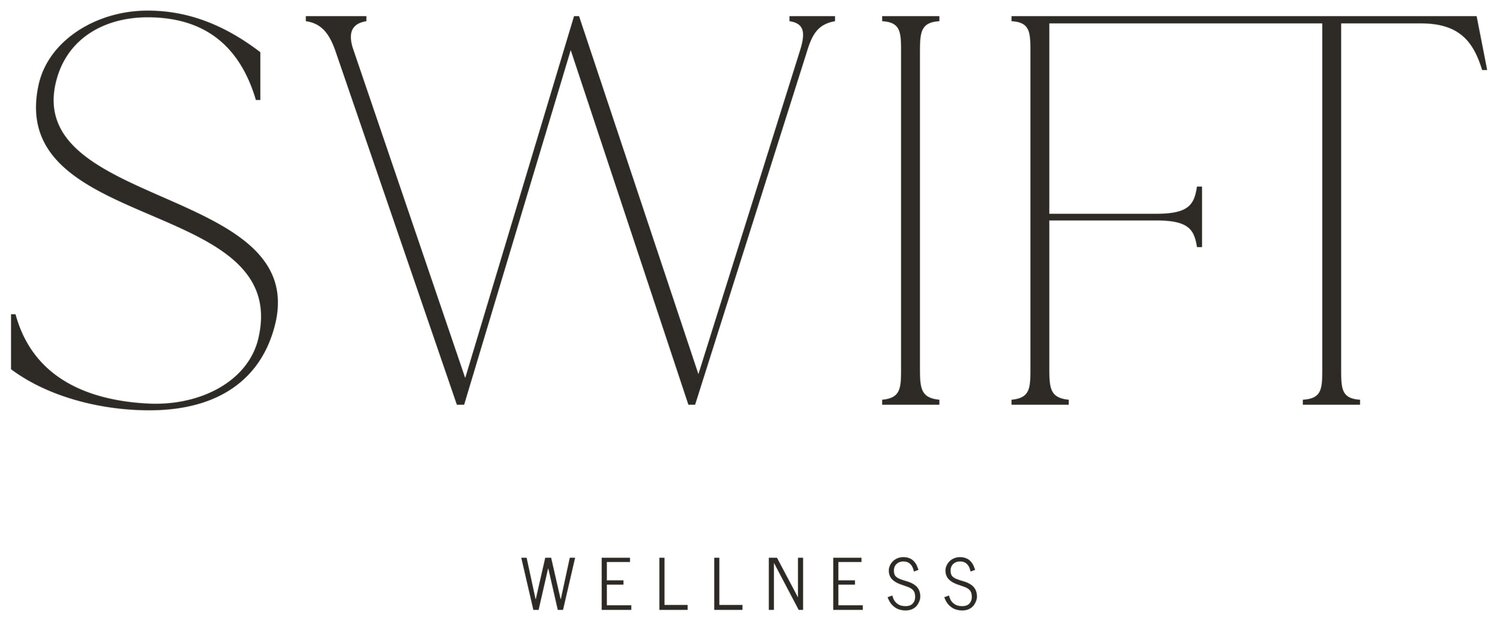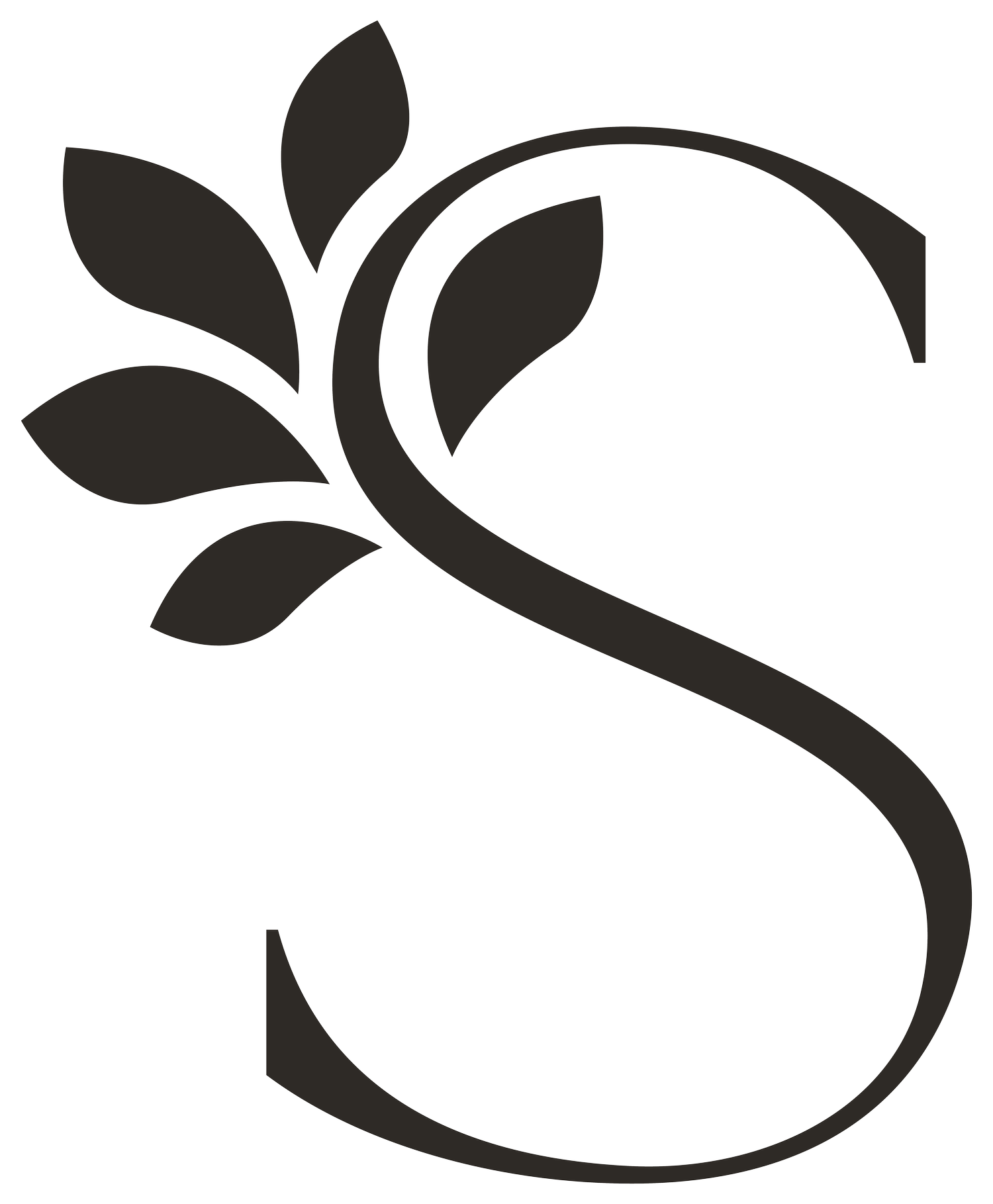11 Tips To Make Your Resume Stand Out In 2023
This page may contain affiliate links. As an Amazon and Rewardstyle affiliate, we may earn a small commission for any purchases made through these links. Click here for the disclosure statement.
New year, new job is your motto for 2023. Like deciding to date again, you re-download the apps (LinkedIn, Indeed, etc.) and start browsing your prospects. Stumbling upon a job that you’re a good match for is half the battle and now it’s time to sell yourself to them through your resume. You want to make sure that you put your best foot forward with a resume that’s both creative and shows off your best assets. Take this resume advice and use what you think can serve you in your job search this new year.
Technical Tips For Your Resume
It’s easy to feel like the job market that you want to go into is oversaturated and that the position you’re hoping to grab this year is too far out of reach. However, odds are it’s not your skills and experience you need to change, but instead, how you display these skills and experiences on your resume. Let’s first look at the actual words you put on your resume, rather than the overall design of it. Here are some technical ways to write a resume that gets recruiters to stop and look twice at your name.
Incorporate Keywords
It’s true that recruiters only spend a small amount of time looking at your resume. Indeed estimates that recruiters spend approximately six to seven seconds looking at resumes in the first round of recruiting. This number can vary based on the size of the applicant pool in your chosen field and the policies of the company, but don’t expect the recruiter to spend a long time reading your resume the first time it’s in their hands.
A great way to better the chances of moving your resume to the next round is to incorporate keywords directly from the job’s description. There are plenty of free keyword analyzation programs on the internet that you can copy and paste a job description into. These sites will pull repeated words out, allowing you to quickly find which are important and incorporate them into your resume. Does the job description mention how the company is looking for someone organized, thorough, etc.? These keywords will tell you what the employer is looking for and you can use this information to your advantage. You can also incorporate these words into your cover letter.
No Spelling Or Grammar Mistakes
Since the employer will only look at your resume for a few seconds, you want to ensure that nothing turns them away. Spelling and grammatical mistakes automatically make you look less qualified. After all, if the recruiter sees mistakes on your resume, it’s a strong indicator of the quality of work and thoroughness that they can expect from you. Run your resume copy through spellcheck or programs like Grammarly, or consider asking a friend to peer review your resume before solidifying it and sending it out to potential employers.
““Spelling and grammatical mistakes automatically make you look less qualified. After all, if the recruiter sees mistakes on your resume, it’s a strong indicator of the quality of work and thoroughness that they can expect from you.””
Create an Introduction
Creating a summary of your skills, experience, and what you have to offer at the top of your resume can offer the recruiter a quick glance into who you are, all in the short time that they look at your resume. With this introduction, you control the narrative. Play up your use of keywords and emphasize the best parts of you.
An introduction shouldn’t ramble. Skip formalities and jump right into your biggest accomplishments and assets. This can include one to two sentences explaining how you can relevantly contribute to the job. Next, highlight any past achievements you have. End with any other important information, such as education and certificates. This section is only about 3-5 sentences long and should be customized to each job you apply to. However, make sure that you change the wording you use slightly to emphasize the keywords that each unique job description uses. The extra touch of personalization will help you stand out to your future employer.
Keep it Concise
Your resume is not the place to list everything about your skills and previous experiences. Keep it clear and concise. Think of a resume as a bulleted outline of your work history; it’s not a full-fledged essay of your entire life. Rather, curate the main points you want someone to see at a glance. Only include experience and skills that are relevant for the job you’re seeking. You may have past work experience in another field, but that doesn’t mean it should automatically be included.
““Think of a resume as a bulleted outline of your work history; it’s not a full-fledged essay of your entire life.””
For example, if you are starting to apply to jobs as an accountant, this isn’t the place to include the serving job you had in college. Keep it focused to the skills and experience this employer would like to see. If you’ve recently graduated and have limited to no work experience in your chosen field, include highlights of important classes you’ve taken and the professors who’ve taught you. This education section will be far more influential to the employer over a section describing random jobs you’ve had.
Use Numbers
When an employer is glancing quickly over your resume, hard numbers can get them to take a moment of pause. Numbers quantifiably explain your success. Be specific in your achievements by including exact numbers.
Example: You’re an app developer. At your last job, you improved glitches and bugs affecting the app and this rose sales by 15%. Include that exact percentage to give the recruiter hard data to look at.
Design Tips For Your Resume
The visual appearance is just as important—if not more so—than the way you write the content on your resume. Since the recruiter only pays a few seconds of attention to your resume, the design should be intriguing and intuitive. With a cunning design, you can lead the recruiter’s eye exactly where you want it to go.
Keep it In Your Field
The design of your resume largely depends on the industry you’re going into. An engineer’s resume may look more minimal and utilitarian than that of a graphic designer, for instance. If your job is in a creative field and you know that these companies prioritize a high level of creativity in their employees, you have more room to experiment with design. Take a look at other people’s resumes in your field to study what styles recruiters are looking for and mimic them, making sure to put your own unique spin on the final document.
Keep It Short
Ideally, your resume should be one page long. Resumes that span over multiple pages will likely not be looked at, so don’t waste your time creating additional pages. Even if you have a ton of experience, you can typically boil your highlights down to a single page. Remember: the recruiter is looking for the quality of contributions that you’ve made, rather than the sheer amount. Focus on the quality of your past experience (rather than the quantity) when deciding what to cut out of your resume to keep it at a sleek one-page length.
““...[You can] boil your highlights down to a single page. Remember: the recruiter is looking for the quality of contributions that you’ve made, rather than the sheer amount.””
Pay Attention to Colors
A resume doesn’t have to be black and white. For those seeking a job in a creative field, you may be able to experiment with a fun color palette. However, do not use too many different colors and especially don’t make it distracting to the content, but play around. Make sure that the text is still easy to read and that the colors don’t get in the way. If you’re applying to a more traditional or technical role, sticking to black may be the best choice. A fun pop of color can help personalize your resume and have it stand out from the crowd (if done correctly), while still being simple enough to fit a professional style.
Include Contact Information
When formatting the layout of your resume, include contact information at the top of the page that the recruiter can use to reach you . This should include your phone number and email address in a separate section from the rest of the content. You can even include your website or professional social media profiles if the content specifically pertains to the job you’re trying to get. When using an email address, make sure to use a professional handle, rather than a personal email that can undermine your level of credibility. (We’ll leave shoegal@aol.com to Carrie Bradshaw.)
Make Clear Sections
Separate the content in your resume to have clear sections that stand out from one another. This starts with creating headlines that get to the point of the section from a quick glance. An organized and legible resume can help guide the recruiter’s eye to the most important information you want them to see. Experiment with bullet points and full sentences and see where your eye naturally travels to when you look at the document for the first time.
Showcase Who You Are
When creating your resume, keep it unique and personalized to you. This customization shouldn’t keep the resume from looking sleek and to the point, but it should display your creativity and unique highlights throughout the design and formatting. Resumes don’t have to be boring and a bit of a creative touch can help yours stand out in 2023.
Take the tips that work for you and start creating your most successful resume yet!








